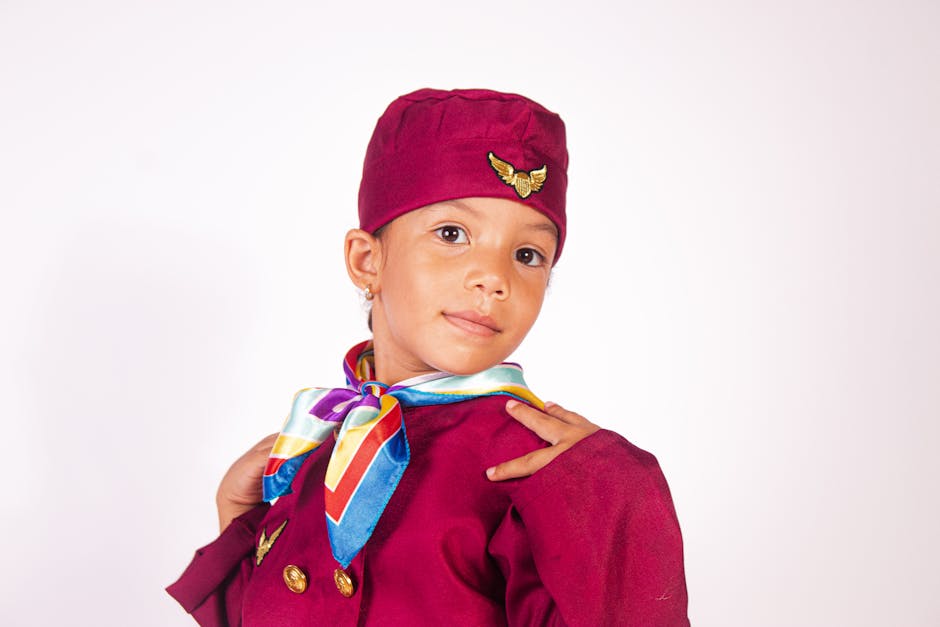No products in the cart.
Navigating the Future: AI’s Role in Aviation Jobs
AI is revolutionizing aviation, enhancing safety and job dynamics. Discover the future of work in the skies.
, [Country] — As the sun rises over the bustling air traffic of London, one thing becomes abundantly clear: the aviation industry is on the brink of a monumental transformation. Artificial Intelligence (AI) is not just a buzzword; it’s becoming the backbone of flight safety, predictive maintenance, and air traffic control. Pilots, engineers, and air traffic controllers are preparing to adapt to a new reality where machines do the heavy lifting, but what does that mean for the future of aviation jobs?
AI technologies are already making waves across various sectors, but aviation presents a unique landscape. Imagine an aircraft that can predict its own maintenance needs before a breakdown occurs. Picture air traffic control systems that utilize AI algorithms to manage traffic flow more efficiently than any human could. The integration of AI into aviation is not just about enhancing efficiency; it’s about elevating safety standards to unprecedented heights.

The evolution of flight safety protocols has always been a reaction to the lessons learned from past tragedies. The introduction of AI into this space is akin to adding a new layer of vigilance. Systems powered by machine learning can analyze vast amounts of data from various sources—weather patterns, aircraft performance metrics, and historical incident reports—at lightning speed. This capability allows for real-time adjustments that human controllers might overlook. For instance, a recent study found that AI systems could reduce runway incursions by up to 30%[1].
 AI
AIAI’s Transformative Role in BRICS Economies: Shaping Tomorrow’s Careers
AI is reshaping careers in BRICS nations, creating new opportunities and driving job mobility. Discover the future landscape of work.
However, while the technology promises to make flying safer, it raises critical questions about the workforce. As AI takes on more responsibilities, what happens to the jobs traditionally held by humans? The international Air Transport Association (IATA) estimates that the aviation sector will require 550,000 new pilots and 650,000 new technicians over the next 20 years, even as automation advances[2]. The paradox is clear: while AI will streamline operations, the demand for skilled professionals will remain robust.
The paradox is clear: while AI will streamline operations, the demand for skilled professionals will remain robust.
Take the case of Emily, a 29-year-old air traffic controller in Chicago. Emily has spent nearly a decade mastering the art of managing air traffic through sheer intuition and years of experience. Recently, her team began integrating an AI system designed to predict traffic flows. At first, Emily was apprehensive, fearing that the technology might replace her. However, she soon discovered that the AI served as a powerful ally, providing insights that enhanced her decision-making without diminishing her role. “It’s like having a co-pilot for the control tower,” she explains. “I can focus more on strategic decisions while the AI handles the data crunching.”
On the other hand, the transition isn’t without challenges. The aviation workforce is facing a skills gap. Many current professionals lack the training needed to effectively collaborate with AI systems. The need for upskilling is urgent. Training programs are beginning to emerge, but the pace of technological advancement is outstripping educational initiatives. A report from the European Union Aviation Safety Agency (EASA) highlighted that many existing training curricula don’t adequately prepare future professionals for an AI-integrated environment[3].
Moreover, there’s a generational divide in the perception of AI in the workplace. Older professionals may view AI with skepticism, while younger workers often embrace it as a tool for efficiency. A recent survey conducted by Boeing revealed that over 70% of millennials and Gen Z respondents feel that AI will enhance their job satisfaction rather than threaten it[4]. This generational shift could play a pivotal role in how the aviation industry adapts to these changes.
 Sustainability
SustainabilityEmpowering Young Innovators: Jolé St. John’s Vision for Sustainable Tourism in the Caribbean
Jolé St. John from Tobago is leading a sustainable tourism revolution, inspiring youth across the Caribbean with innovative solutions.
Read More →The road ahead is not just about technology; it’s also about human adaptability. Aviation professionals will need to cultivate a mindset that embraces continuous learning. As AI systems evolve, so too must the skills of the workforce. The future of aviation jobs may not be about replacing humans with machines but rather augmenting human capabilities with intelligent systems.
Looking forward, the aviation industry stands at a crossroads. The integration of AI into flight operations could lead to safer skies and more efficient services. However, this transformation demands a proactive approach to workforce development. Educational institutions, aviation companies, and regulatory bodies must collaborate to create training programs that equip the next generation with the skills needed to thrive in an AI-enhanced environment.
Aviation professionals will need to cultivate a mindset that embraces continuous learning.
In this new era of aviation, the skies are not just smarter; they are also inviting a new breed of professionals—those who can balance the intricacies of human intuition with the precision of artificial intelligence. As we soar into this future, one thing is certain: the journey will require both courage and innovation.











